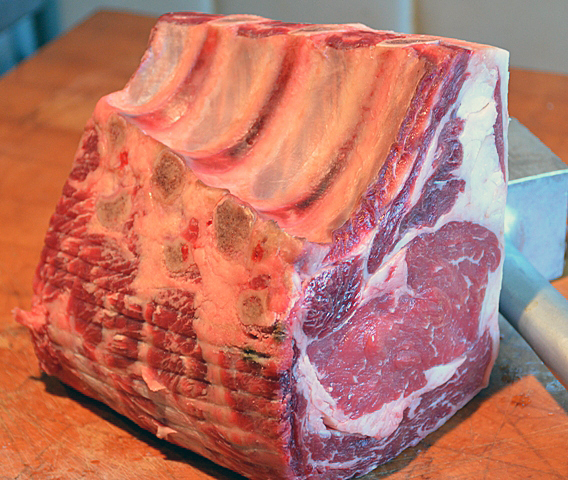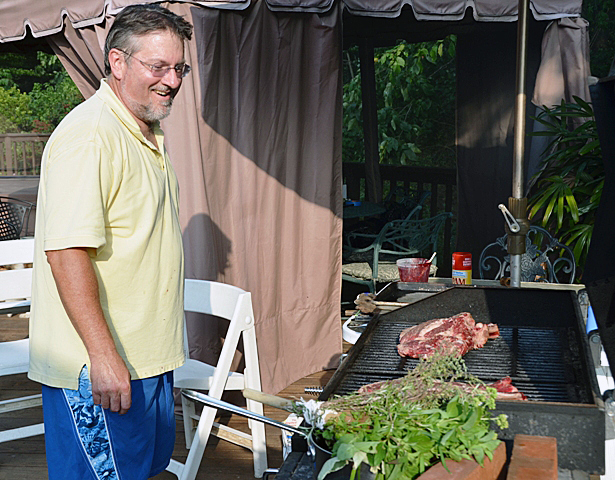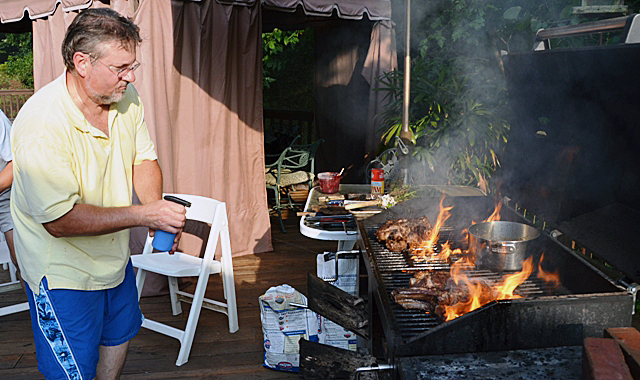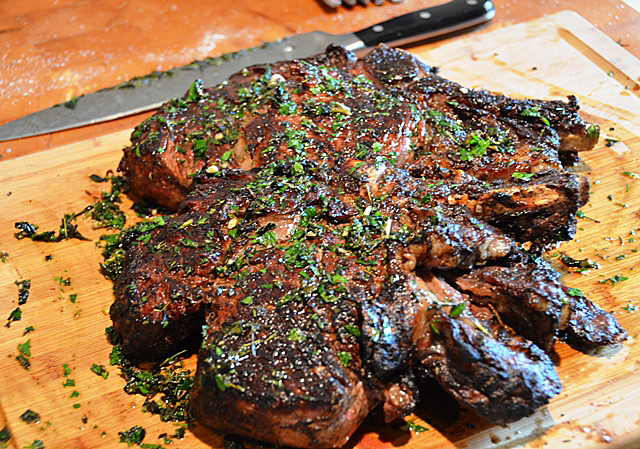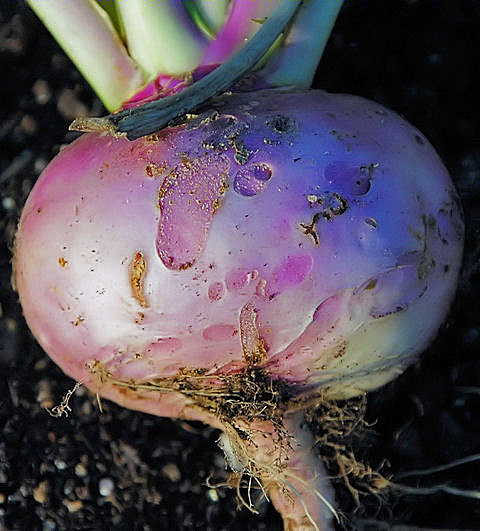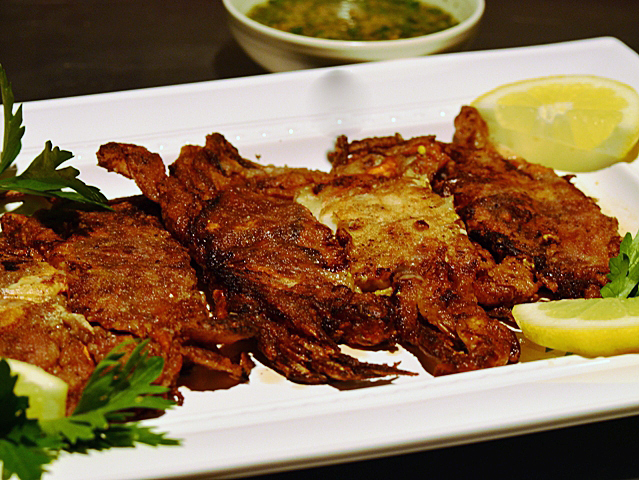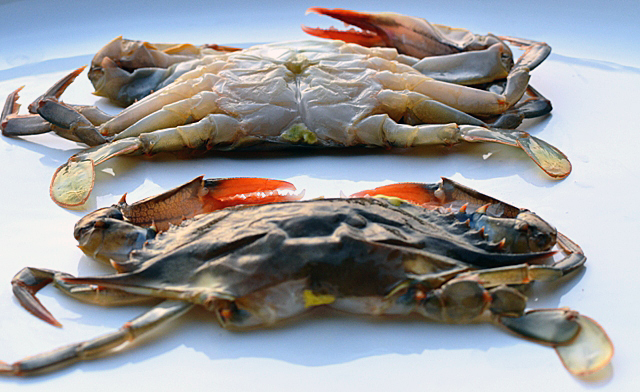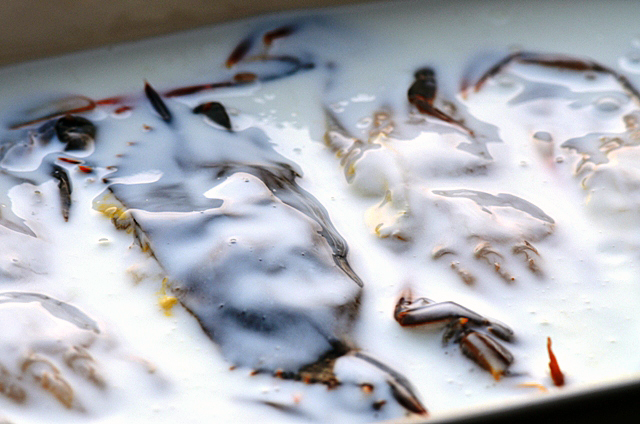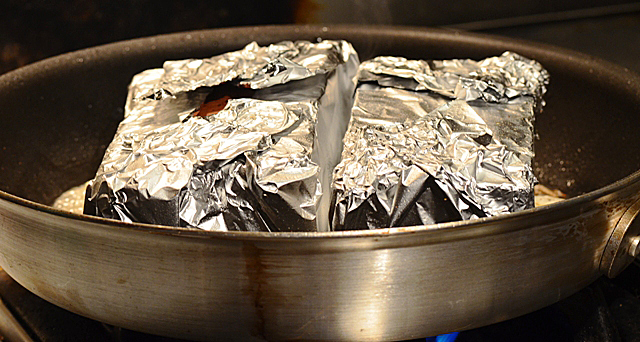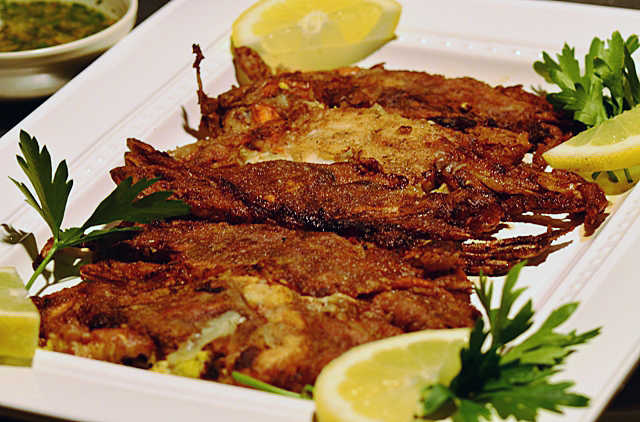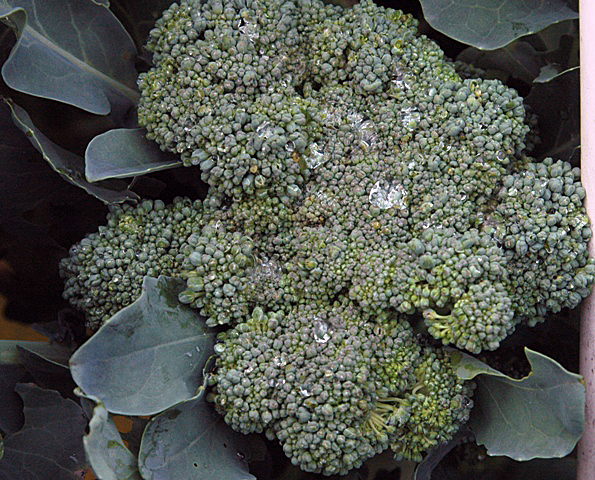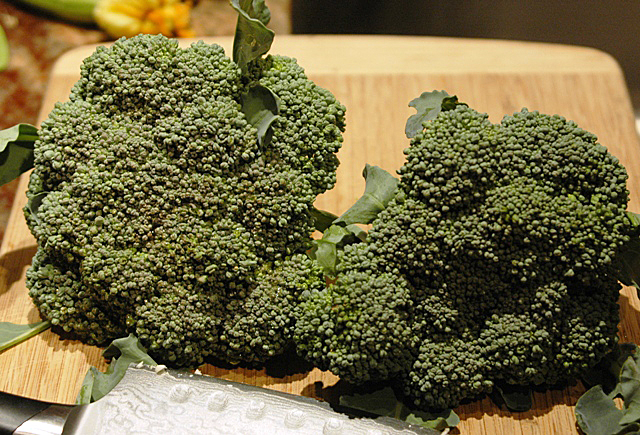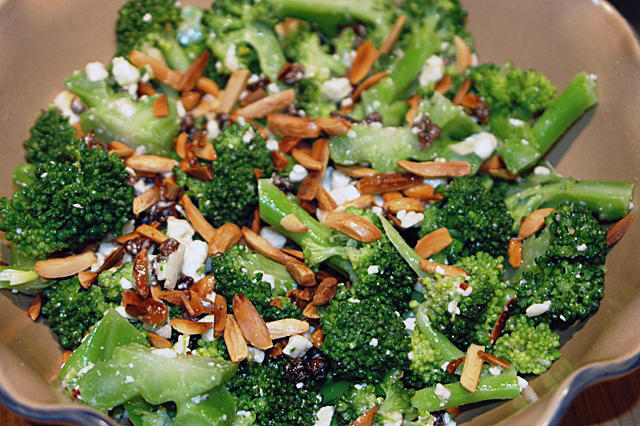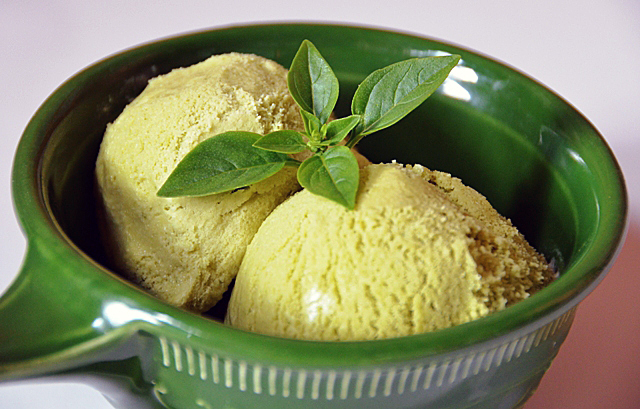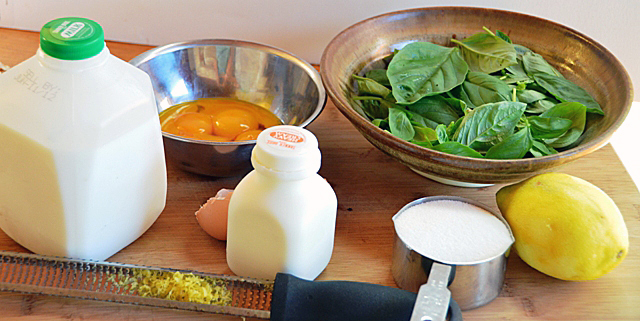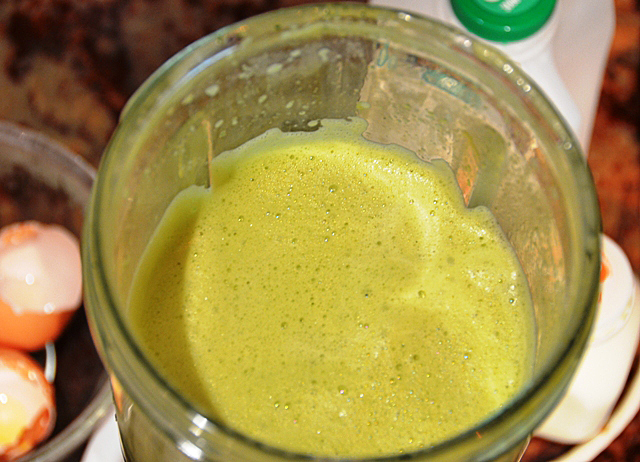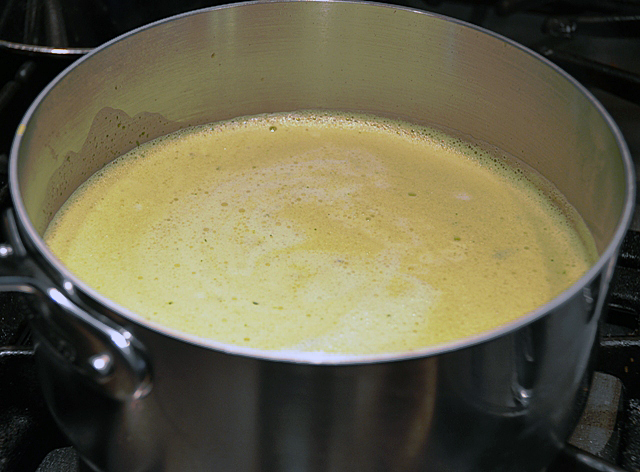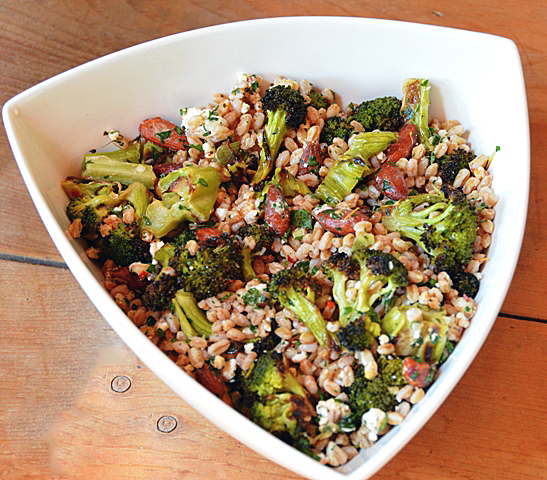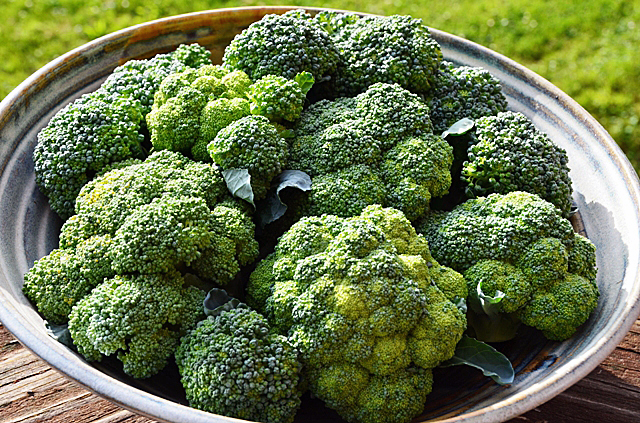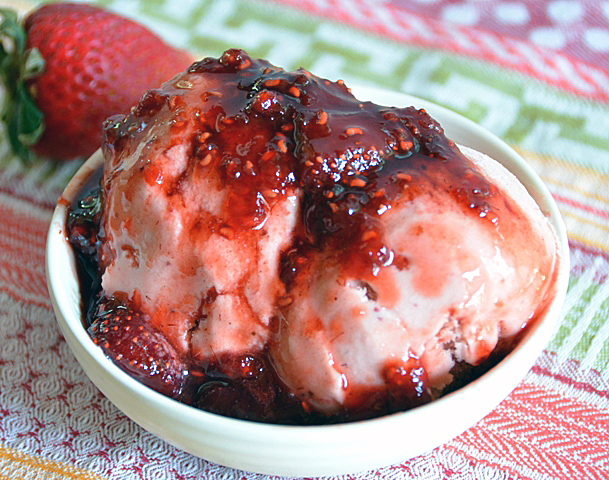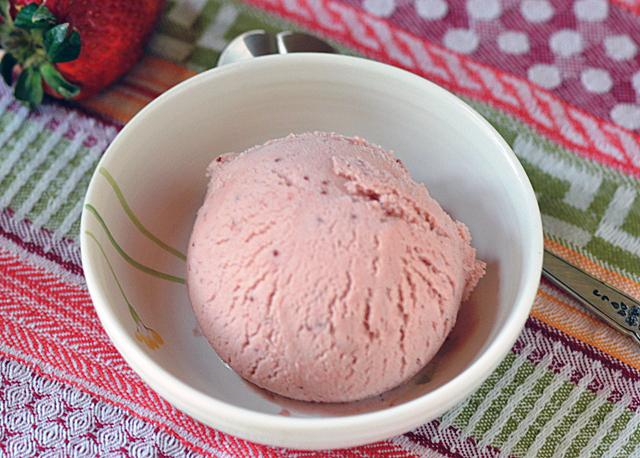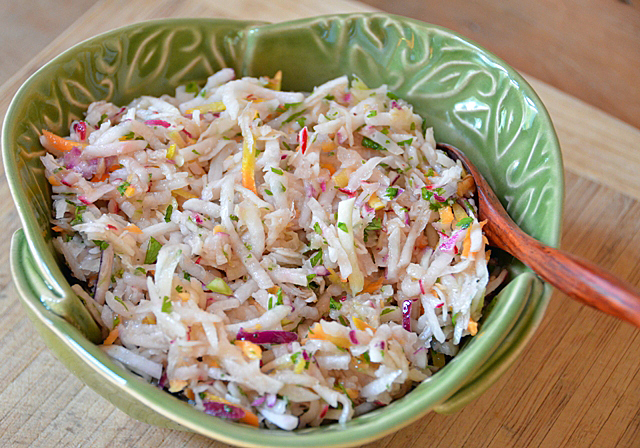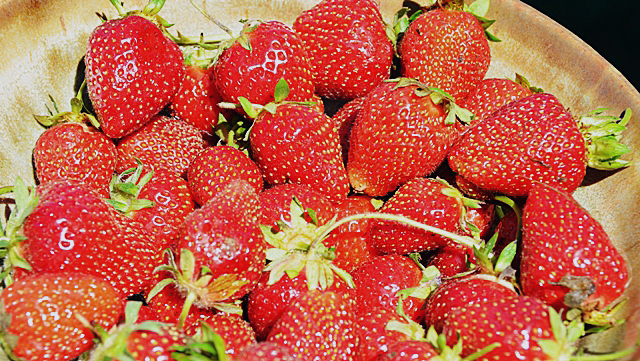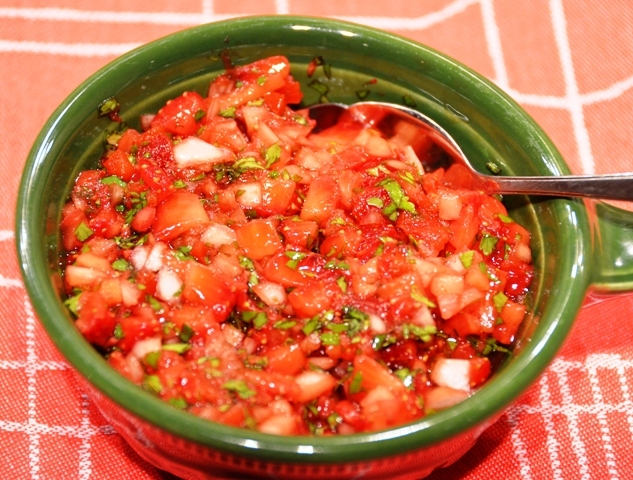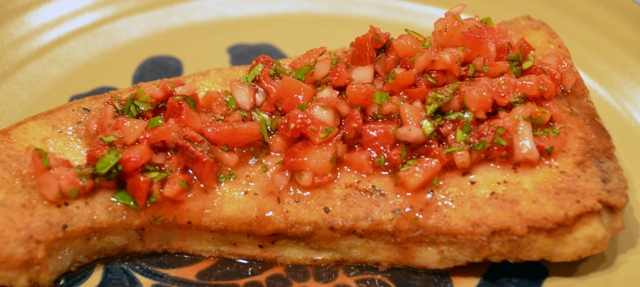Our grilling fare is pretty typical. Burgers, hot dogs, chicken and ribs all make appearances during the summer season. I know that my hubby is often hesitant to try new approaches (if it ain’t broke, don’t fix it) but when I watched the video of chef, Adam Perry Lang cooking Rib Roast like a Steak, I knew it would get his attention.
Adam Perry Lang is a graduate of distinction from the CIA. Working in some of New York’s finest restaurants you wouldn’t necessarily expect him to turn his attention to barbecue. But that’s what happened, winning several competitions in his first year on the national barbecue circuit. His third book, Charred and Scruffed, showcases his very distinctive take on barbecue.
The video begins with the chef’s question, “what happens if we pound a roast into a steak?” He takes a rib roast, cuts the bones to pry it open a bit and starts pounding it out with a modified baseball bat to increase the surface cooking area. Pounding both compresses the meat and adds density, he says. Since we didn’t have a baseball bat, Joe used the side of a meat mallet and achieved the same results. Perry Lang advocates agressive seasoning of the meat with a four seasons blend, rubbing it in and then using wet hands to make a paste that creates a glaze. He eschews conventional wisdom that dictates once meat goes on the grill, it should be moved as little as possible. Perry Lang’s term “scruffing” is a mistake gone right. Sticking and tearing are good, increasing surface area for more browning of the meat a.k.a. the Maillard reaction. Sprigs of assorted herbs are tied to a wooden spoon to make an herb brush. We picked herbs from the garden to expand on Perry Lang’s choices. Our brush was made up of variegated sage, rosemary, English thyme, lime mint, garlic chives, oregano and lemon basil. The brush is used for both spreading the basic baste and imparts the flavors of the herbs to the meat. He uses bricks to vary the elevation of the grill and as supports when cooking all four sides of the meat on the grill. The herbs are finally chopped up and added to the board dressing which gives the meat a final layer of flavor. A very different approach with excellent results and a bit of theater included.
Get the recipe here.
